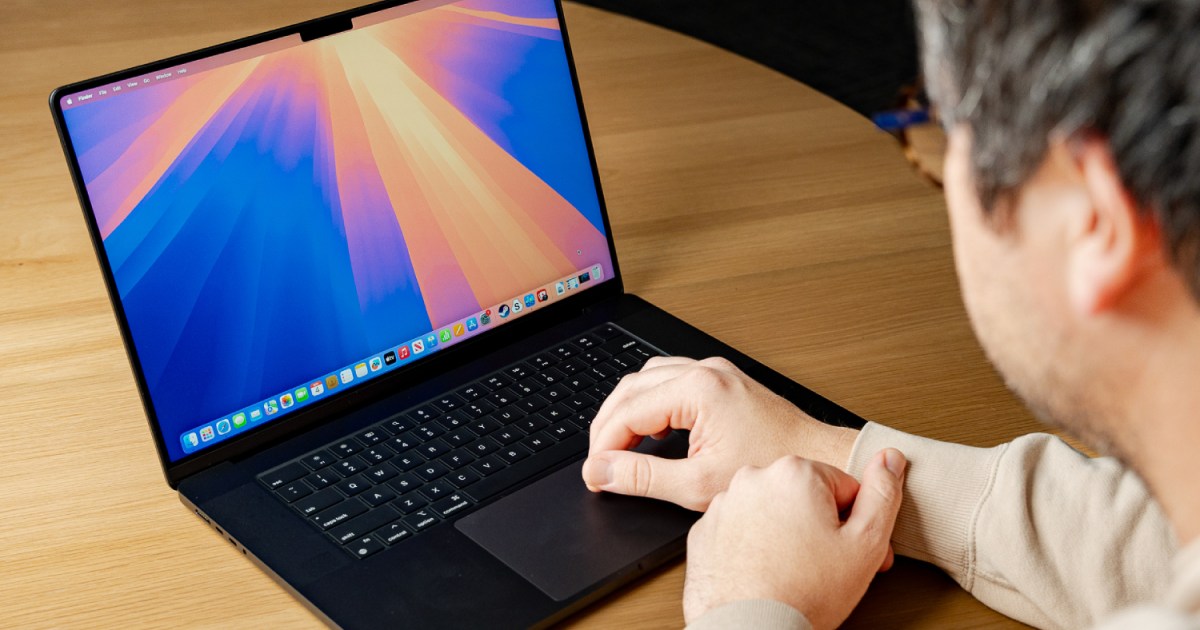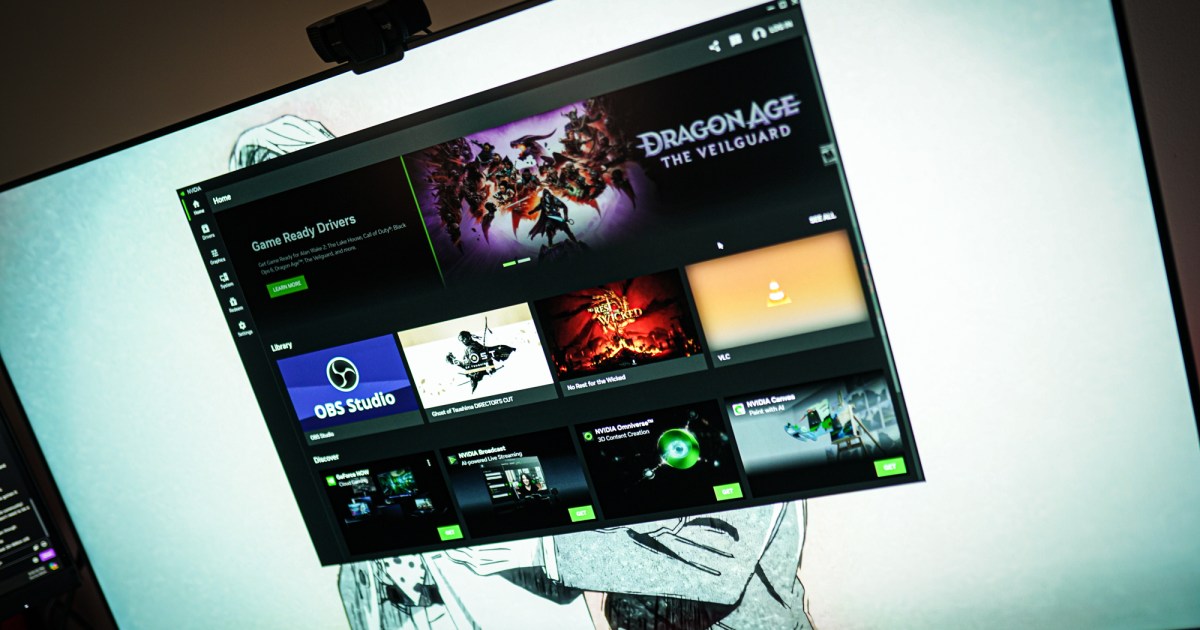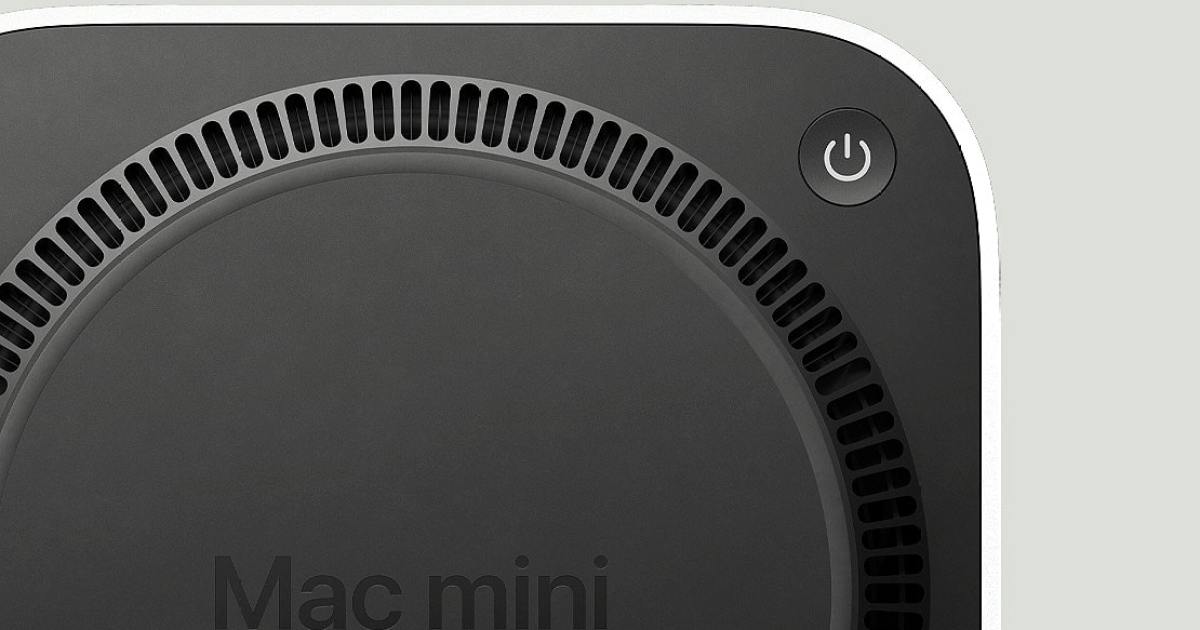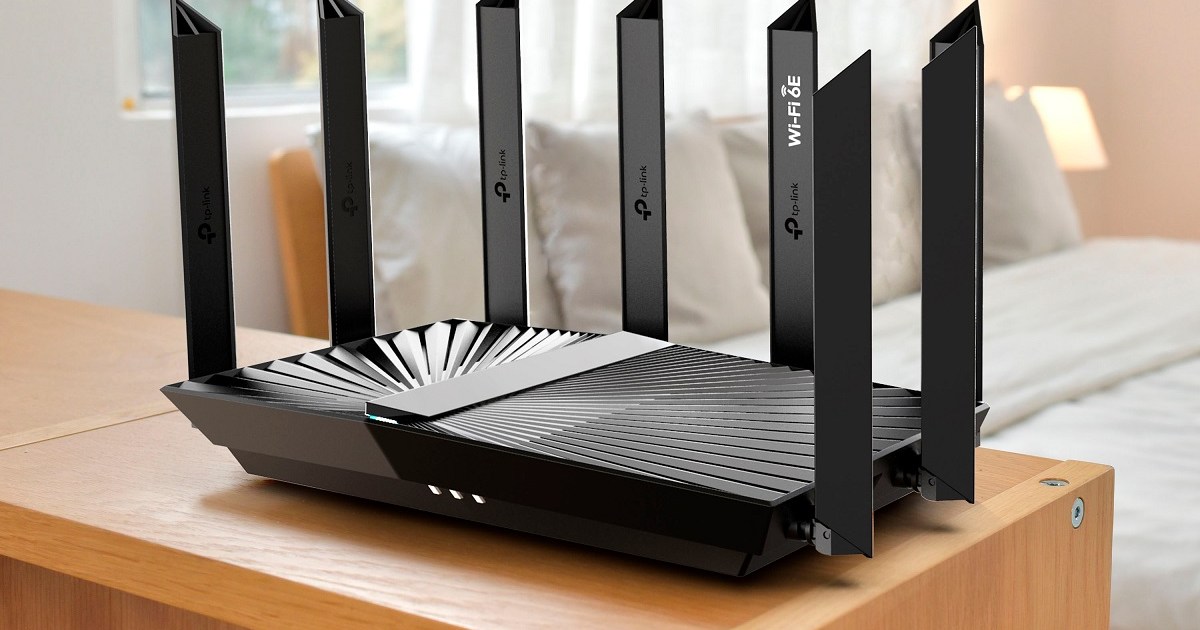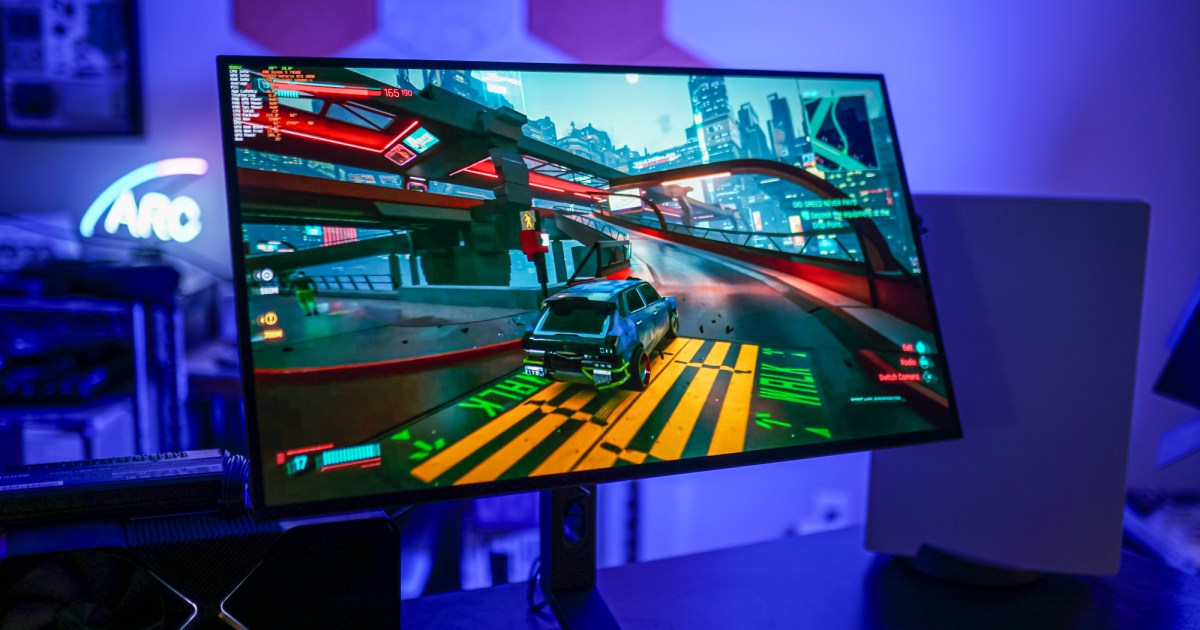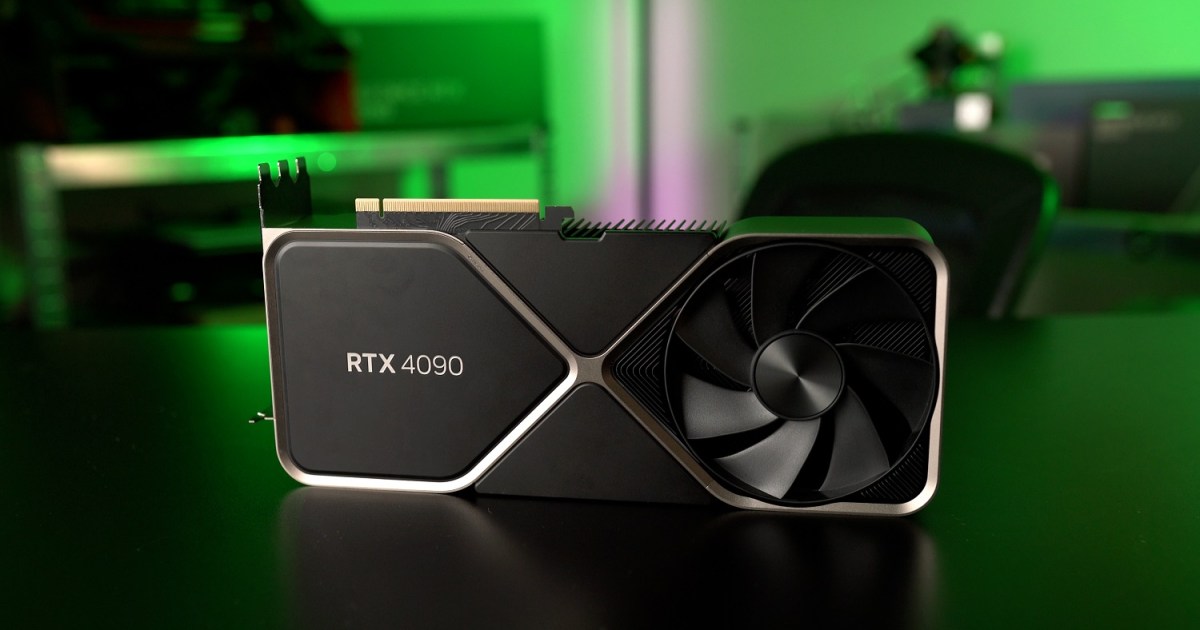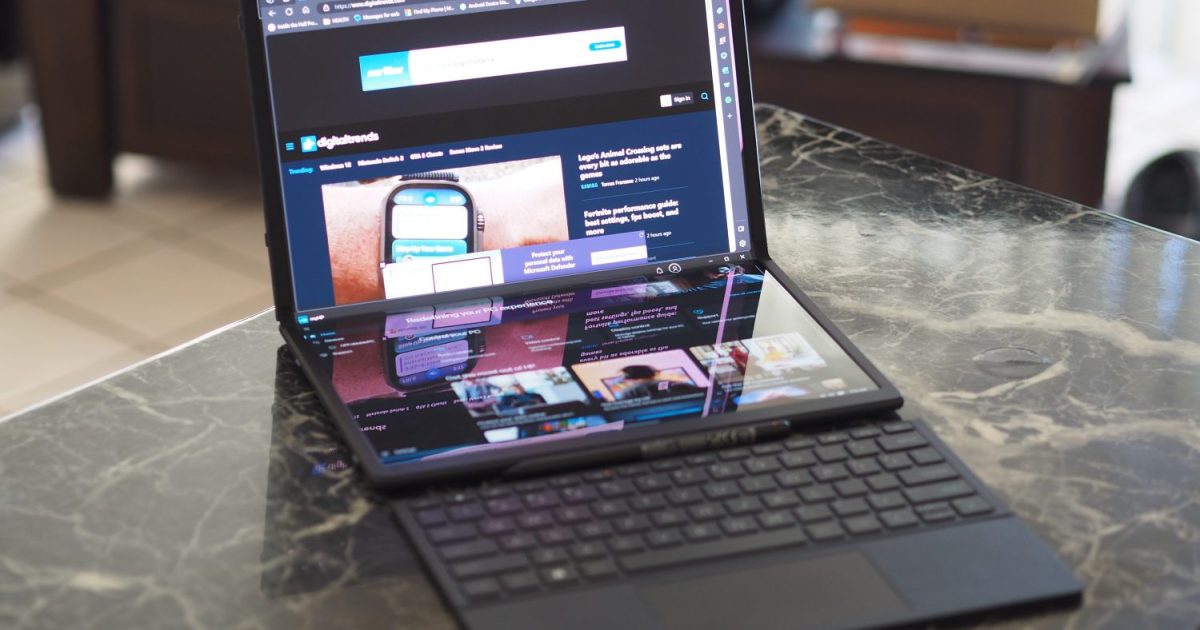The M4 MacBook Pro has received widespread acclaim, earning an Editors’ Choice badge and solidifying its position as a top-tier laptop. Beyond the obvious improvements, Apple quietly integrated a significant display enhancement: quantum dot technology.
This latest generation of MacBook Pro continues to utilize a mini-LED backlight, rather than the tandem OLED technology found in the iPad Pro. However, according to Ross Young, CEO of Display Supply Chain Consultants (DSCC), Apple has incorporated a quantum dot layer into the M4 MacBook Pro’s display. This addition, Young explains, leads to enhanced color gamut and motion performance compared to Apple’s previous display solutions.
Quantum dots are phosphorescent crystals positioned between the backlight and the color filter. These crystals allow pure white light to reach the color filter, unlike standard LED backlights which don’t produce perfect white. This is achieved by mixing the blue, green, and red primaries emitted by the quantum dots when exposed to light. The result is not only more accurate and vibrant colors but also increased brightness, as the color filter no longer needs to correct the backlight’s imperfections.
Previously, Apple employed a “KSF solution,” utilizing KSF phosphor powder in wide-gamut displays like the MacBook Pro to achieve a broader color range. The inclusion of quantum dots in the M4 MacBook Pro delivers more consistent color coverage across the spectrum.
While some users anticipate an OLED MacBook Pro, the integration of quantum dots significantly elevates the M4 MacBook Pro’s color quality, even if it doesn’t fully match the capabilities of a true OLED display. Furthermore, this improvement comes at no extra cost to the consumer, regardless of whether they opt for the nano-texture display upgrade.



